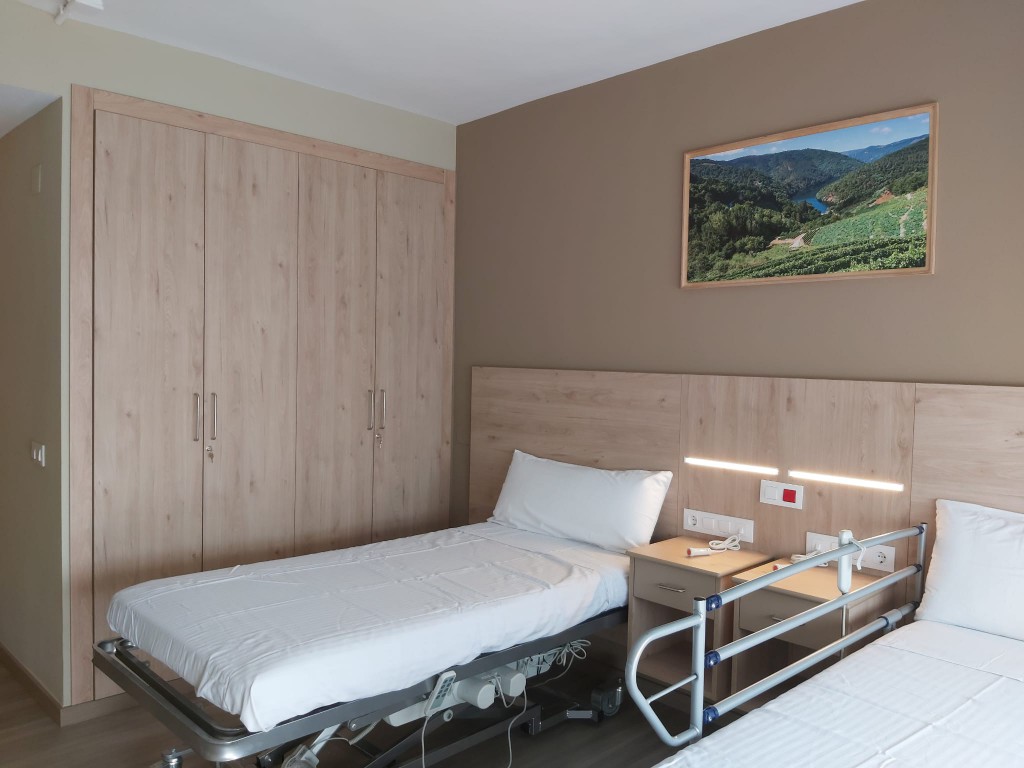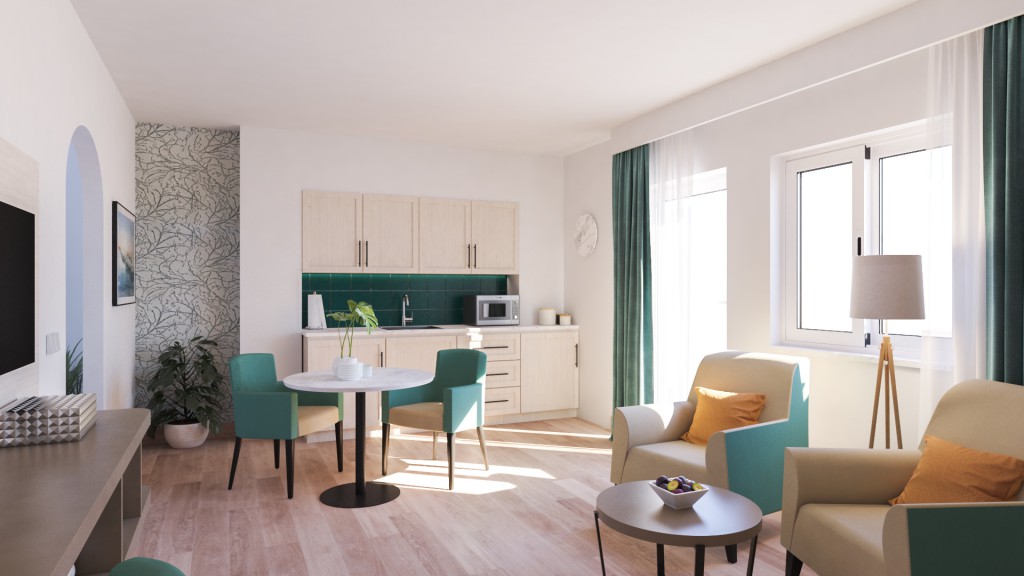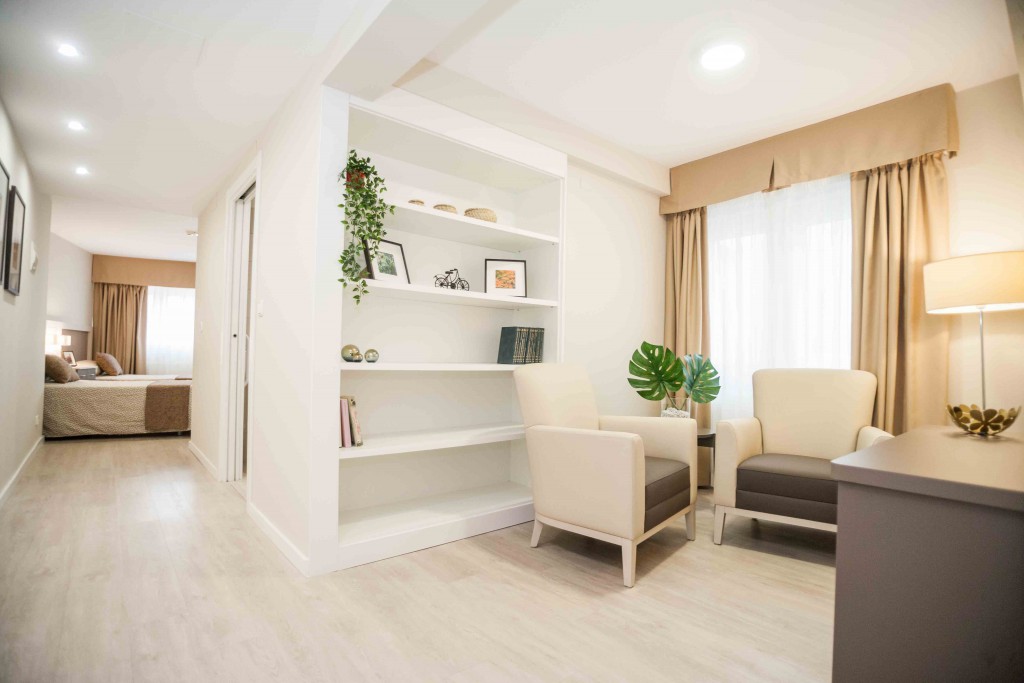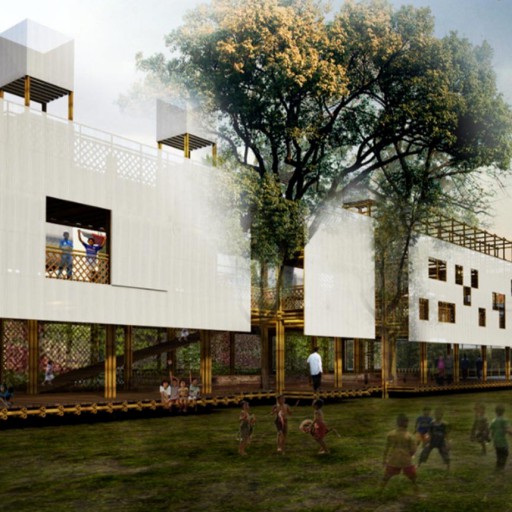One in five Europeans is older than 65. According to the World Health Organisation, this number will likely double by 2050. This data supports a trend that we’ve been talking about for a while here at Connections by Finsa: the silver economy, which is focused on goods and services for seniors.
This trend also affects the spaces that the elderly live in. What should these spaces include? What type of furniture is ideal for seniors or people with a disability? The Galician Forest Industry Agency carried out some market research about furniture for this group and highlighted the need to adapt their homes. The report emphasised that people preferred to stay in their home for as long as possible before moving into care. How can this autonomy be maximised? We’ve outlined some of the best ideas below.
Maintenance and personalisation
The report revealed that the best pieces of furniture are those that allow owners to choose the finish and that also come with a maintenance service, which means they can be easily repaired. This section of the population wants fabrics, materials, colours, and furniture that match their existing décor, and will even rent pieces depending on their needs. Other factors, such as the collaborative economy, have had a significant influence on older generations. In this way, circularity will be given a boost by ensuring that furniture is utilised throughout its entire useful life.

Sustainability and innovation
In keeping with the theme of environmental awareness, there is also demand for locally made, environmentally friendly, and sustainable products made from natural or recycled materials. Furniture for this population group also needs to include the latest technology to improve their care: beds that help them get up, chairs that assist with posture, tables with adjustable height, and devices that monitor their health.

Six furniture trends for seniors and people with a disability:
This a huge opportunity for the furniture industry. In fact, the aforementioned market survey predicted an 8% increase in this sector over the next few years. Sutega and carpenters JAR shared their advice for choosing these pieces:
- There seems to be a demand for round, hanging pieces which are easier to clean and aren’t obstacles for wheelchairs.
- Sliding bathroom doors that don’t get stuck.
- Colours: neutrals and light colours, avoiding anything that is too dark or bright, in order to provoke a sense of calm.
- Textures: choose fabrics and finishes carefully in order to creat comfortable spaces that stimulate the senses.
- Melamine for its durability and hygiene properties.
- Made-to-measure: an ideal solution for adapting to individual needs.

To read more about these six things to keep in mind and the key points from the market survey about the geriatric furniture sector, make sure you read this article in which chose three examples of what we detailed above.
Are you working on a project that includes furniture for seniors or people with a disability? Would you like to share your ideas about these types of spaces? Tell us all about it on social media using #ConnectionsByFinsa. We read all your posts and take note of trending topics that interest you so we can keep on connecting.




